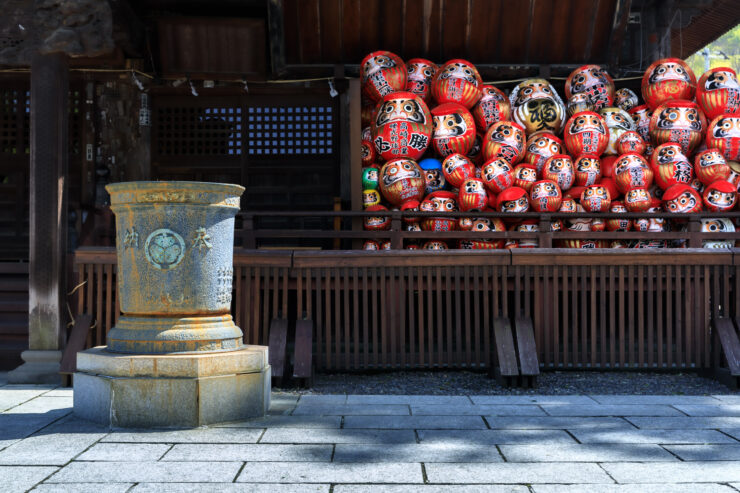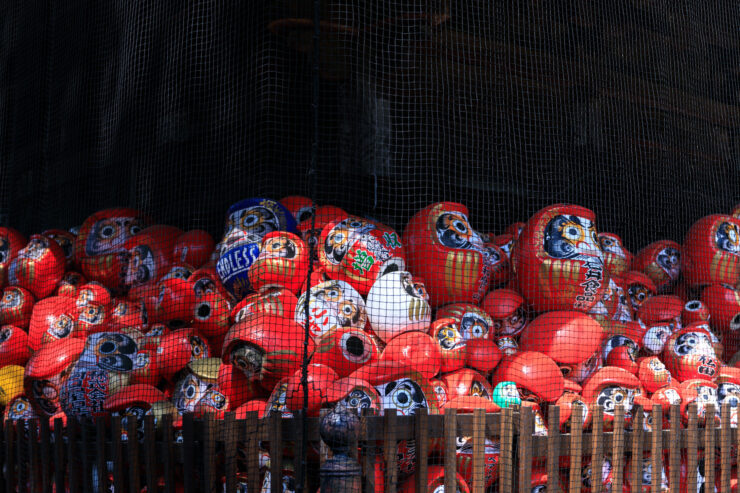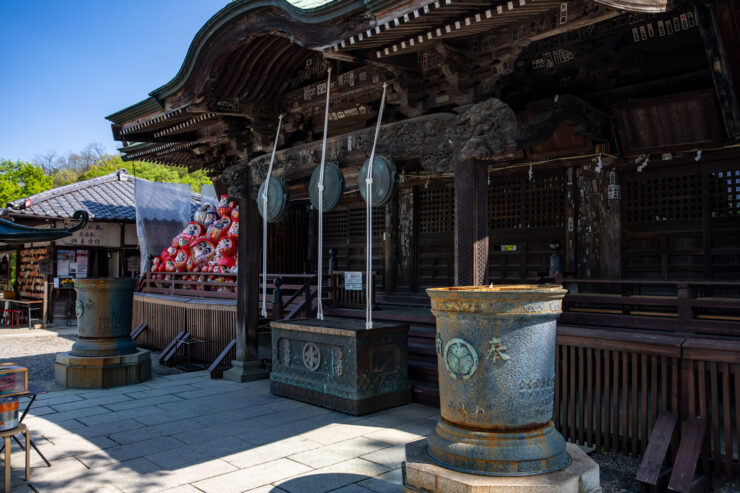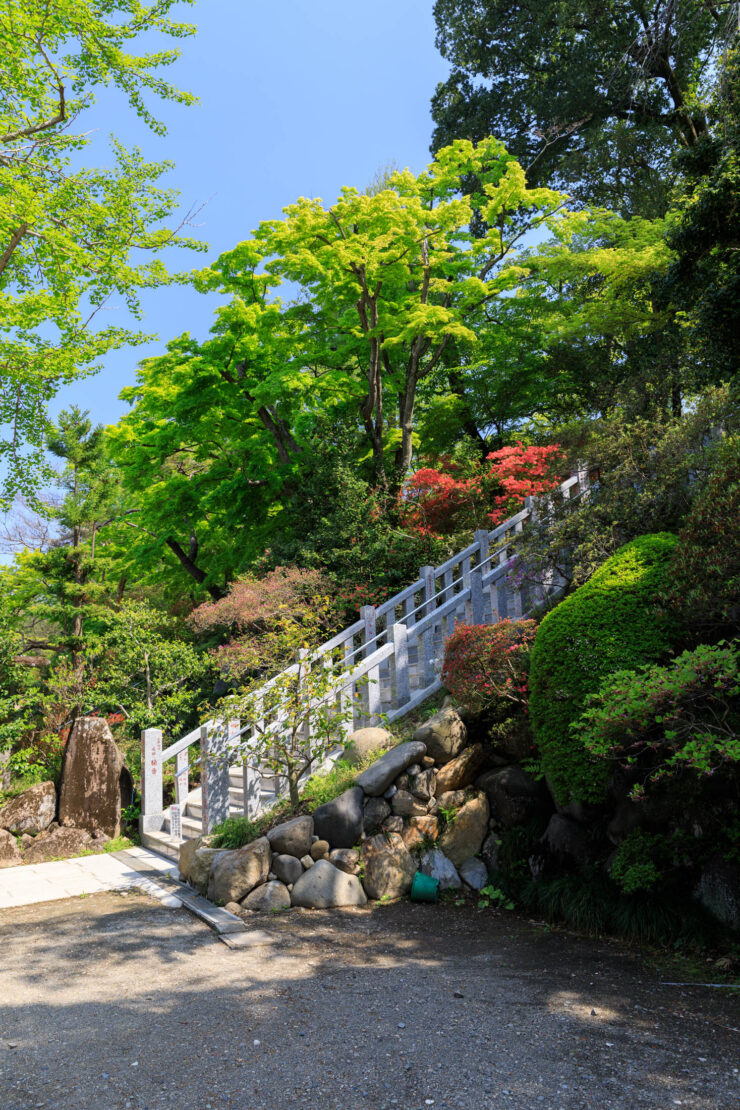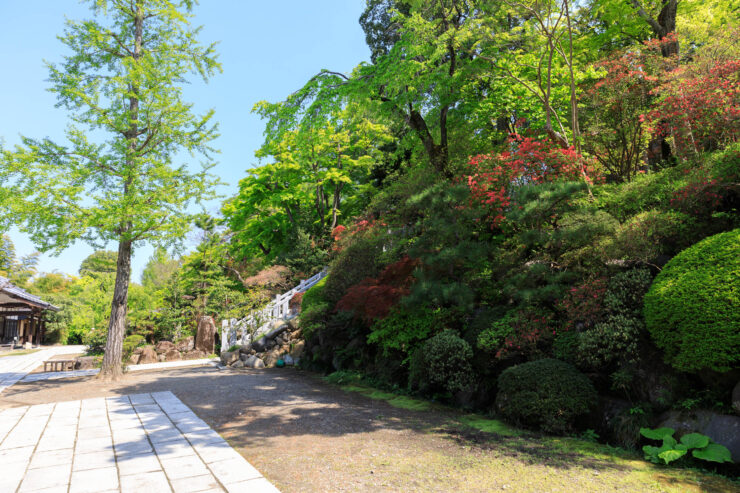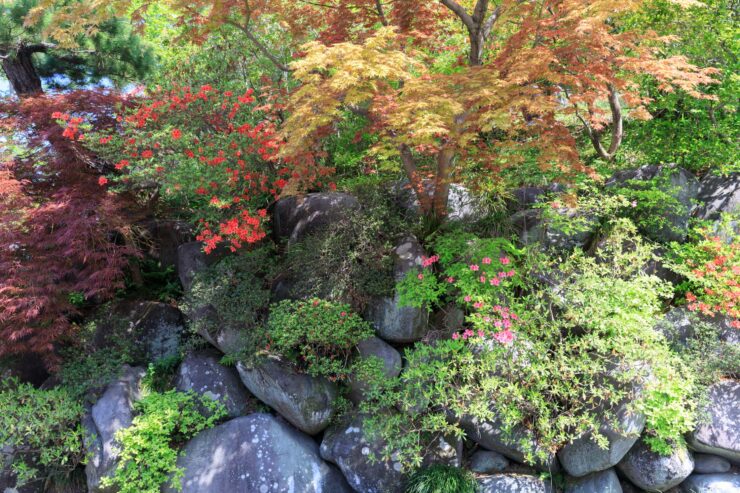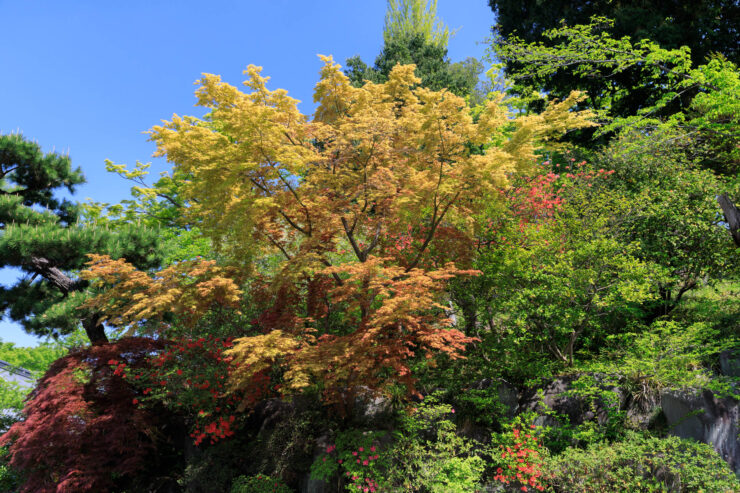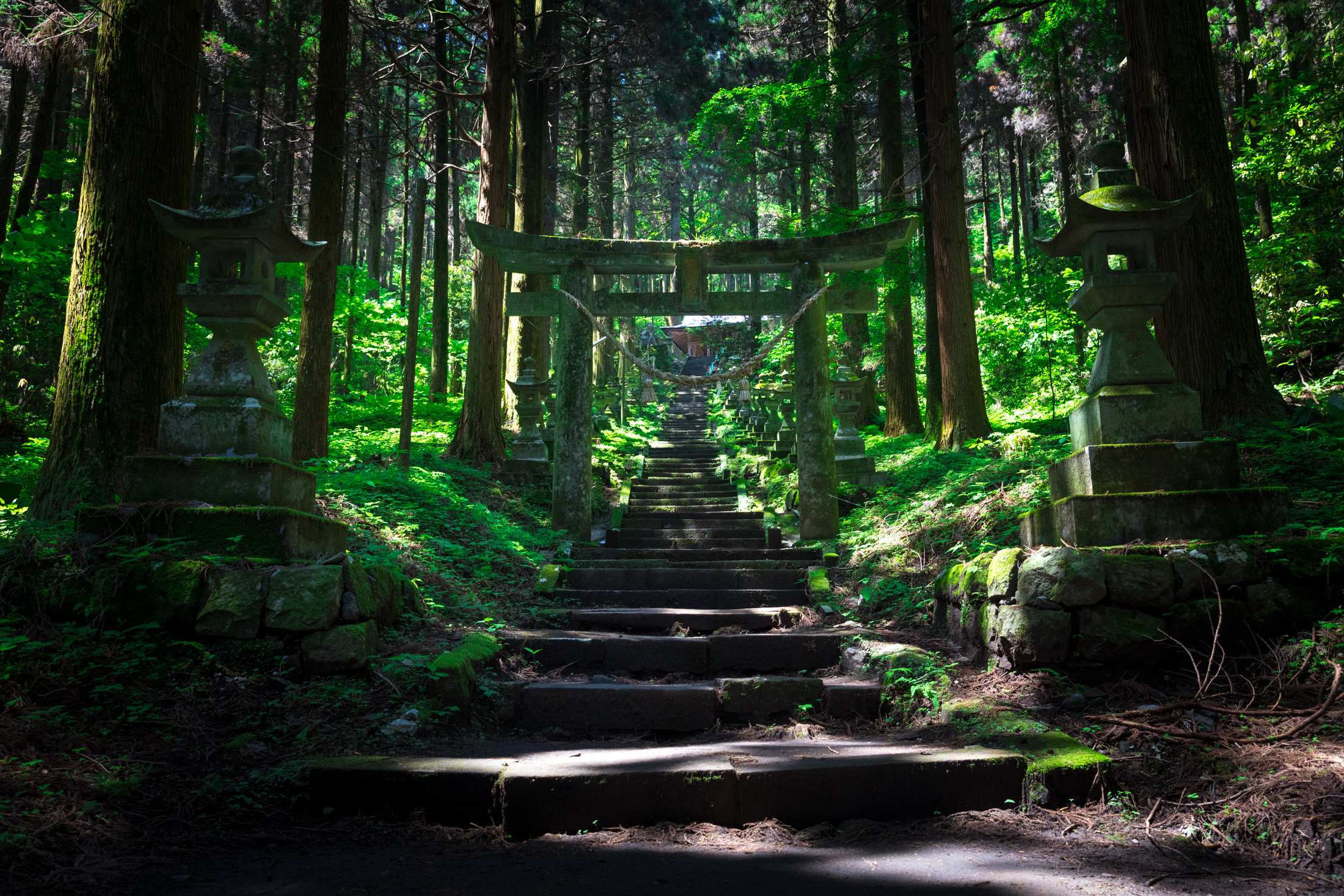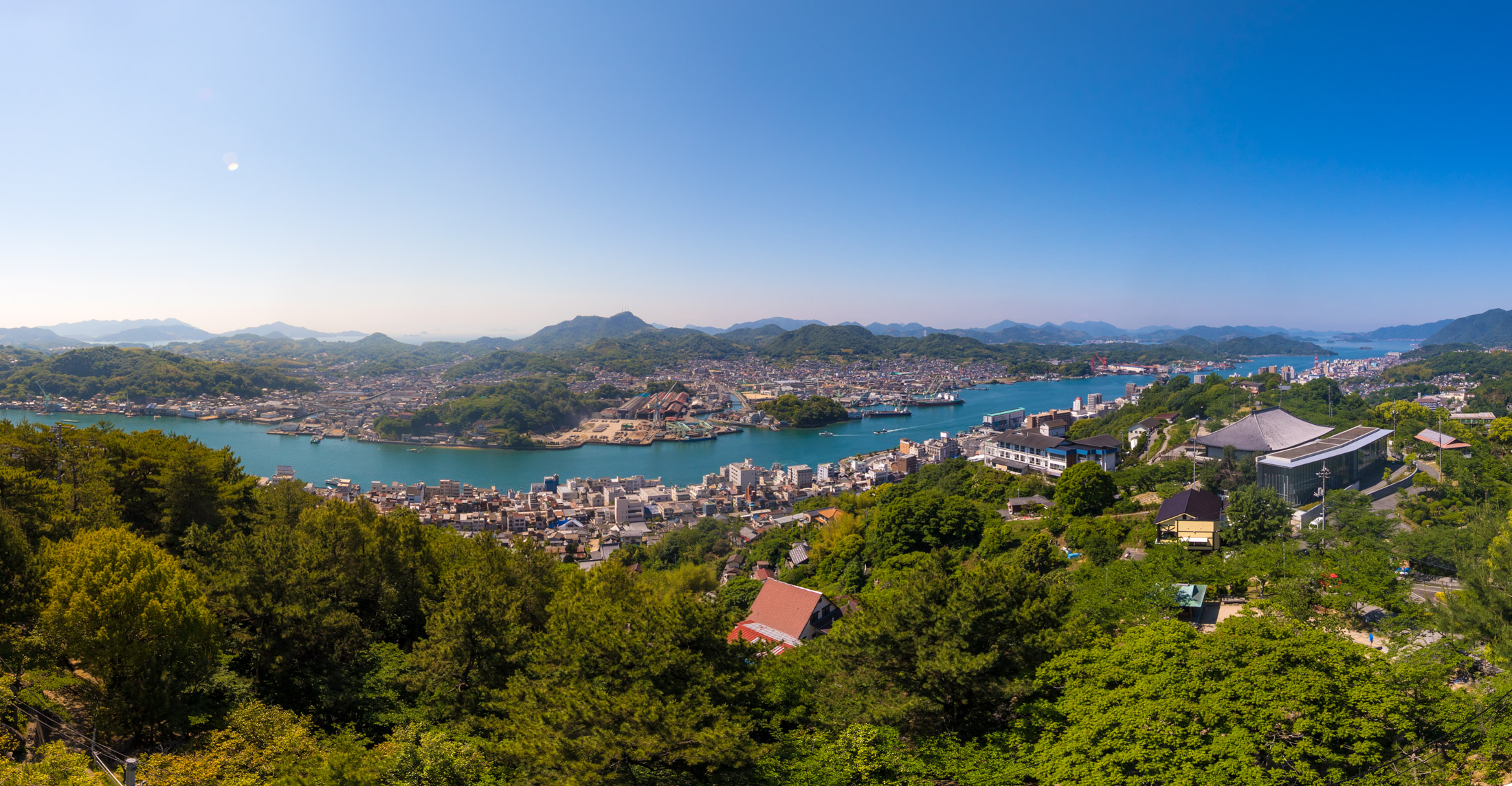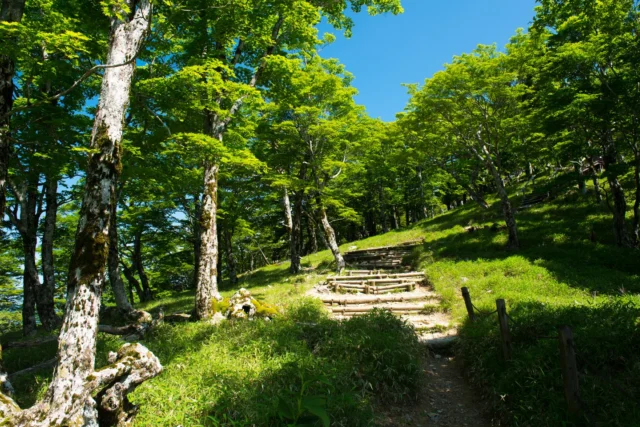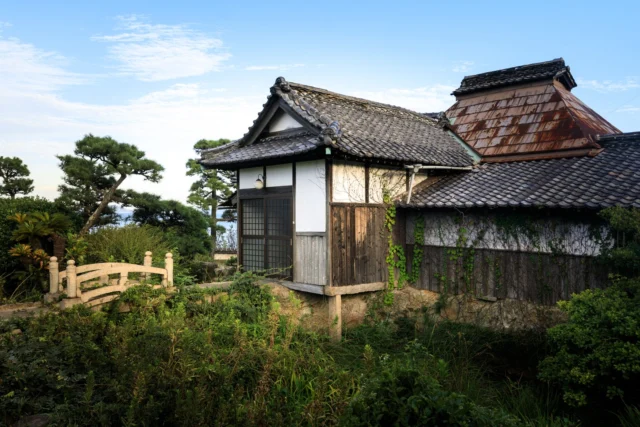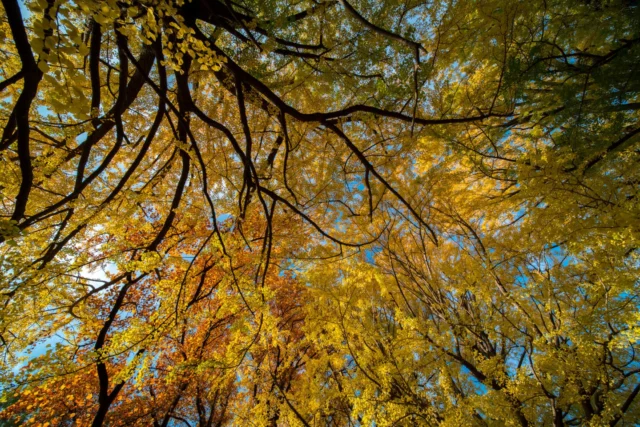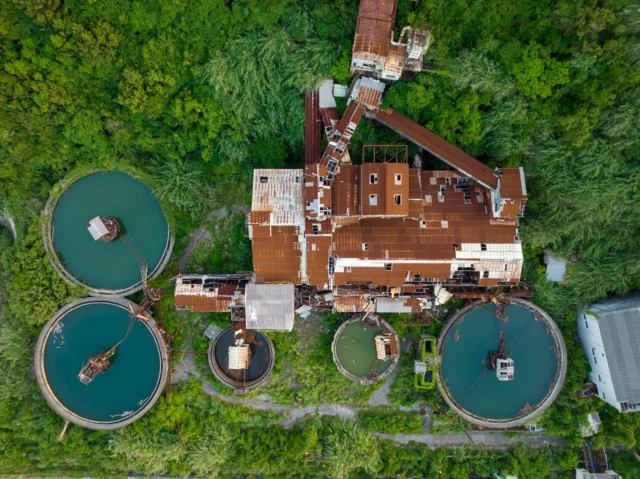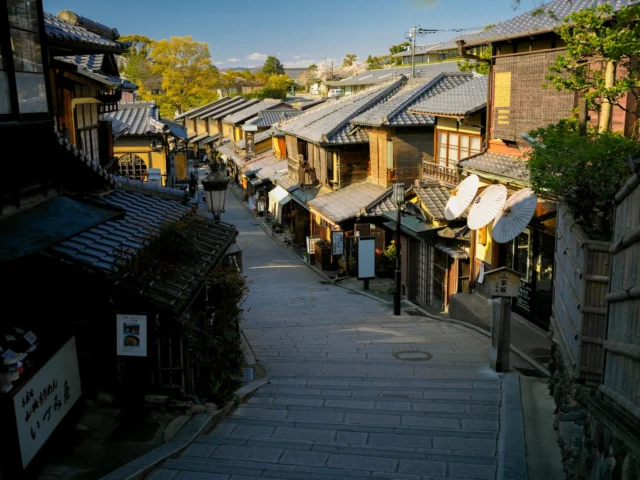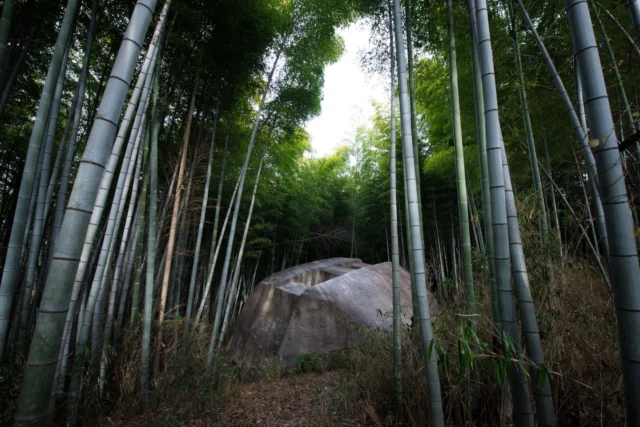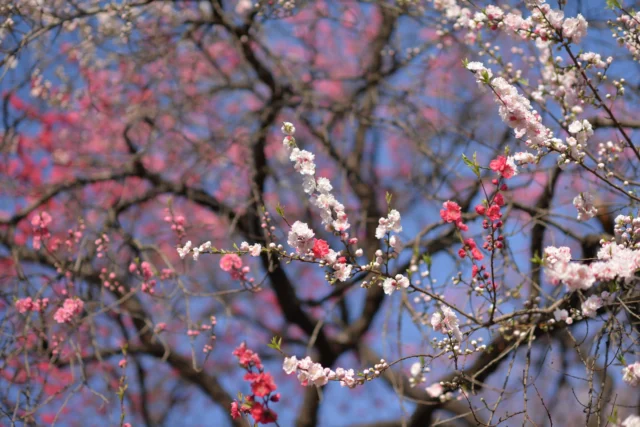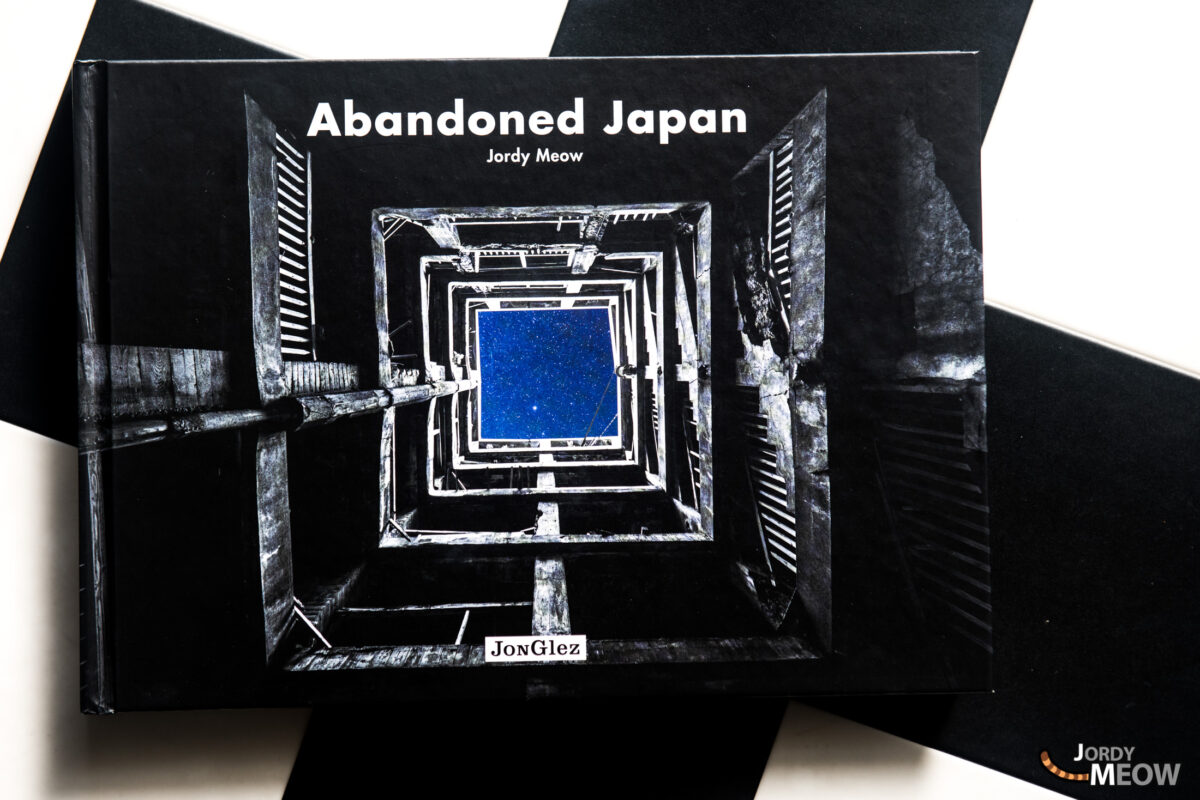The largest producers of Daruma dolls in Japan are based in the modest prefecture of Gunma. Over 80% of the figurines sold in the archipelago are made in the city of Takasaki.
Shōrinzan Daruma-ji Temple, founded in the 17th century, is the birthplace of the Takasaki Daruma.
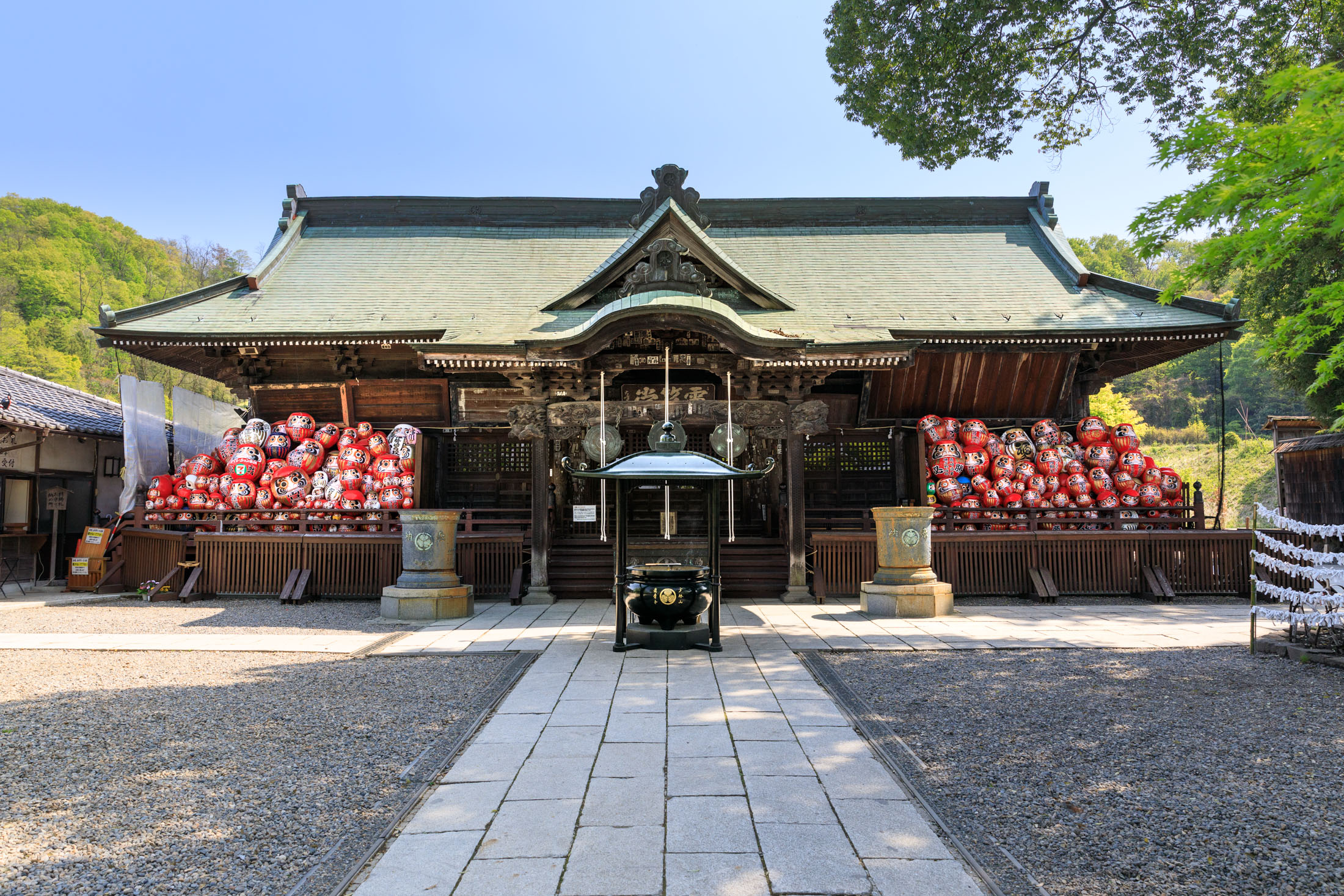
At the time the country was suffering a major famine. The temple monks began to make figurines with the effigy of the Indian monk Bodhidharma, founder of Zen Buddhism. The dolls, bearers of hope and courage, were a great success and helped local farmers to fend for themselves.
Since then these traditional red figurines have been known as lucky talismans that grant wishes.
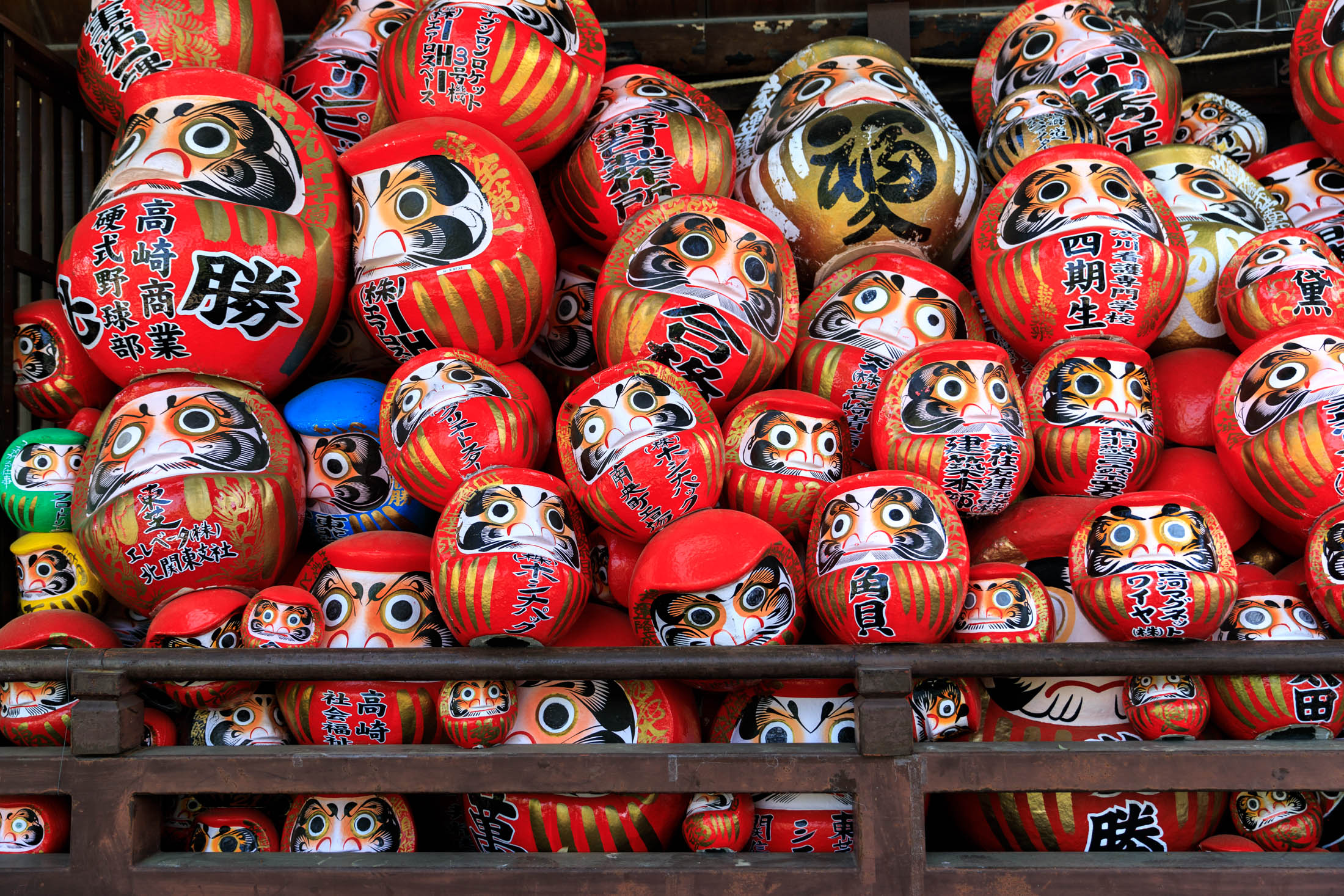
The procedure is simple: you formulate your vow by colouring the Daruma’s right eye. When your wishes are granted, you fill in the left eye. At the end of the year you take the doll back to the temple, which burns them.
The eyebrows of the Takasaki Daruma are effigies of cranes and its moustache is a turtle: these two creatures are symbols of longevity.
Shōrinzan Daruma-ji Temple is populated with figurines of all sizes and colours, each representing the wishes of its owner. Love, success, wealth, protection … each colour has its meaning.
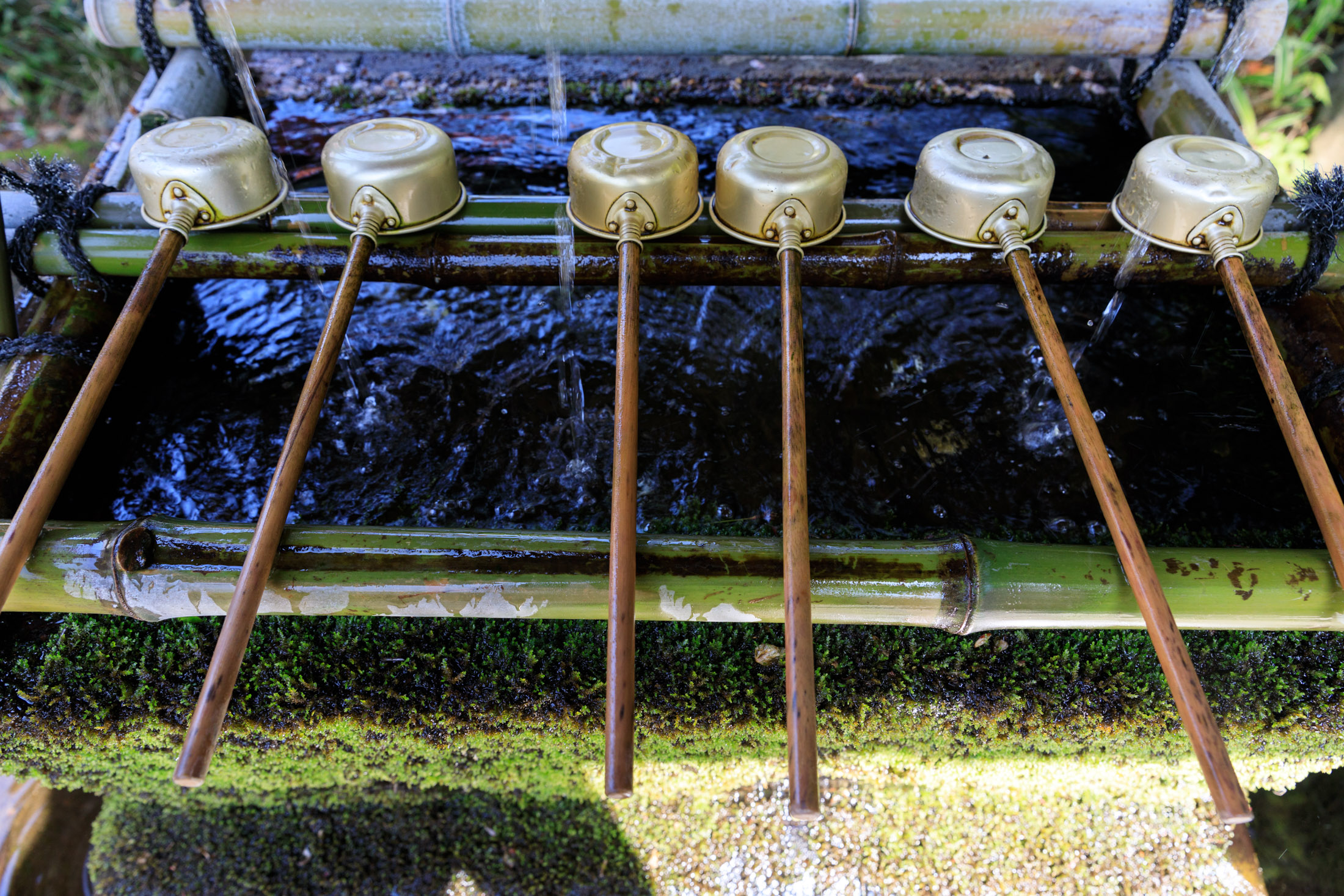
To the Japanese Daruma dolls mean that “life is full of ups and downs”.
Did you know? Bruno Taut lived at Shōrinzan
German architect Bruno Taut fled the Nazis and travelled to Japan in 1933. Initially based in Sendai, he moved to Takasaki through the intermediary of local architect Fusaichiro Inoue. He worked at the Takasaki branch of the Prefectural Industrial Research Institute.
His home was the Senshin-tei, within the walls of Shōrinzan Daruma-ji temple. In this modest building of six and a half tatami, Taut would have experienced the Japanese spirit of wabi-sabi (finding beauty in imperfection, impermanence or simplicity).
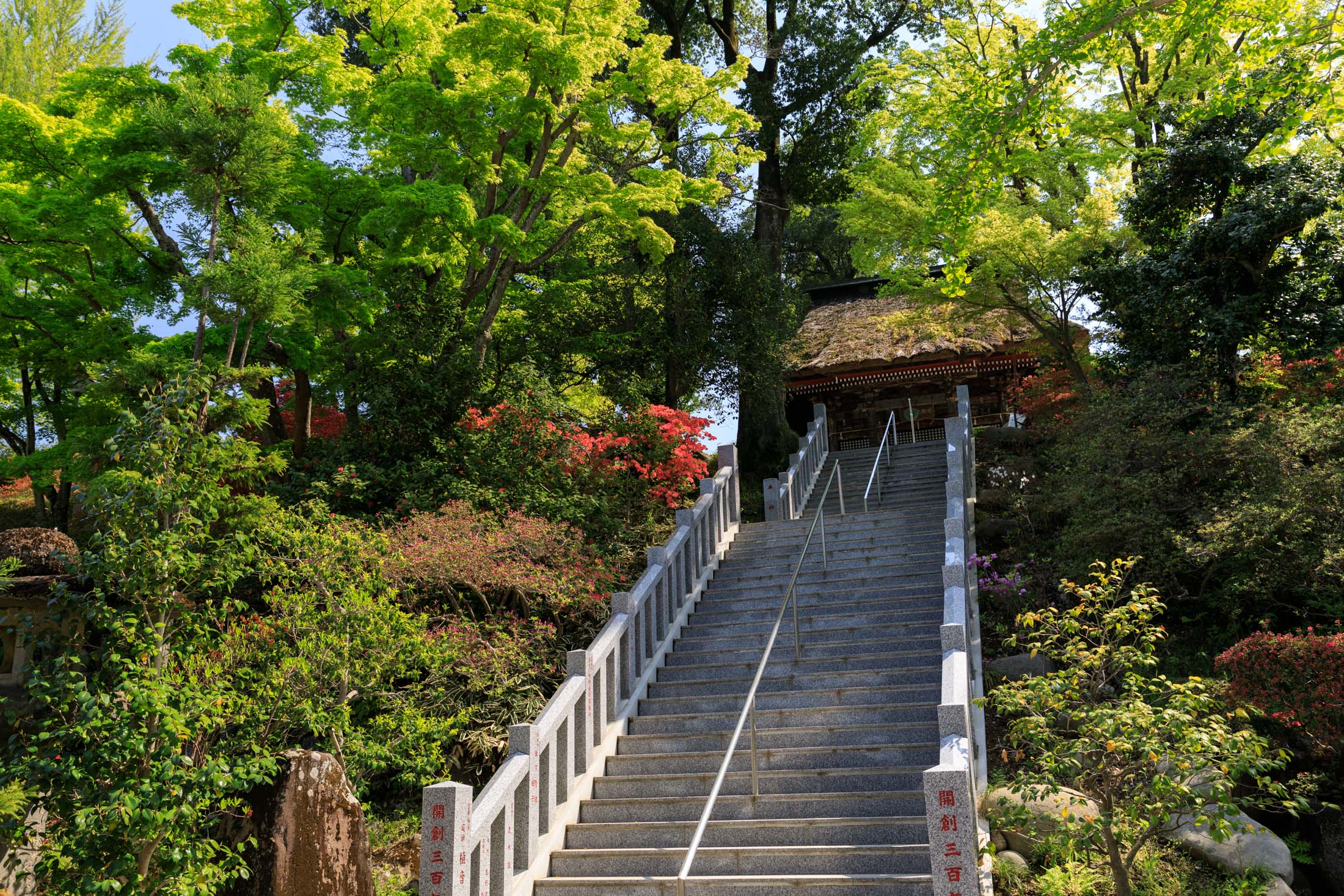
And for more awesome content about Japan, follow Jordy Meow on Instagram ! 🎵

